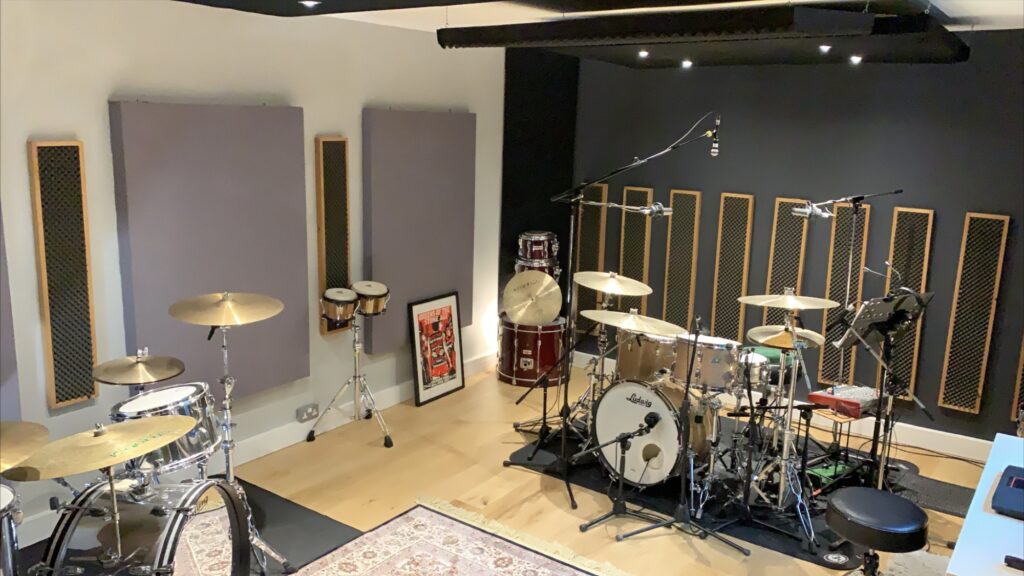When it comes to soundproofing, selecting the appropriate materials is crucial to achieving desired results. Among the plethora of options available, open cell foam and closed cell foam stand out as popular choices. Each type of foam offers distinct characteristics and advantages, making them suitable for different soundproofing applications. In this article, we will delve into the differences between open cell foam and closed cell foam, their respective strengths and weaknesses, and considerations for selecting the ideal material for your soundproofing needs.
Understanding Open Cell Foam and Closed Cell Foam
Before we compare the two types of foam, let’s explore their basic properties:
Open Cell Foam:
As the name suggests, open cell foam is characterized by interconnected pores or cells within its structure. These cells are not completely enclosed, allowing air and sound waves to pass through. Open cell foam is typically softer and more flexible compared to closed cell foam.
Closed Cell Foam:
In contrast, closed cell foam is composed of cells that are entirely enclosed, creating a denser and more rigid structure. The closed nature of the cells prevents the passage of air and sound waves, resulting in better insulation properties. Closed cell foam is known for its durability and resistance to moisture.
Soundproofing Performance
One of the primary considerations when choosing between open cell foam and closed cell foam is their soundproofing performance:
- Open Cell Foam: Due to its porous structure, open cell foam is excellent at absorbing sound waves. When sound waves penetrate the material, they are dispersed and dissipated within the interconnected cells, reducing noise transmission. Open cell foam is particularly effective for absorbing high-frequency noises, such as voices and sharp sounds.
- Closed Cell Foam: Closed cell foam excels in blocking the transmission of sound waves. The closed, dense structure of the foam acts as a barrier, preventing sound from passing through. Closed cell foam is particularly effective for reducing low-frequency noises, such as bass and rumbling sounds.
Strengths and Weaknesses
Each type of foam has its own strengths and weaknesses that should be considered:
- Open Cell Foam:
- Pros: Excellent sound absorption properties, lightweight and flexible, cost-effective option.
- Cons: Less effective at blocking sound transmission, may deteriorate over time if exposed to moisture.
- Closed Cell Foam:
- Pros: Superior sound blocking capabilities, durable and moisture-resistant, suitable for outdoor applications.
- Cons: Higher cost compared to open cell foam, less effective at absorbing sound.
Considerations for Choosing the Right Foam
When deciding between open cell foam and closed cell foam for soundproofing, several factors should be taken into account:
- Noise Type: Consider the frequency and intensity of the noise you are trying to mitigate. For high-frequency noises, such as voices or televisions, open cell foam may be sufficient. For low-frequency noises, such as machinery or traffic, closed cell foam may offer better results.
- Application: Evaluate the specific requirements of your soundproofing project. If flexibility and ease of installation are important, open cell foam may be preferred. For applications requiring durability and moisture resistance, such as outdoor installations or areas prone to humidity, closed cell foam may be more suitable.
- Budget: Determine your budget constraints and weigh the cost-effectiveness of each option. While open cell foam is generally more affordable, closed cell foam may offer long-term savings due to its durability and performance.
- Environmental Factors: Consider environmental factors such as temperature fluctuations and humidity levels. Closed cell foam is more resistant to moisture and temperature changes, making it suitable for harsher environments.
In Conclusion
The choice between open cell foam and closed cell foam for soundproofing depends on various factors such as the type of noise, application requirements, budget, and environmental considerations. By understanding the differences between these two materials and their respective strengths and weaknesses, you can make an informed decision to achieve effective soundproofing in your space.
Contact Waseem Muhammad Technical Soundproofing Expert in Dubai: +971 50 209 7517
FAQs
Can open cell foam be used for soundproofing walls?
Yes, open cell foam can be used to absorb sound and reduce reverberation in wall cavities. However, it may not provide as much sound blocking as closed cell foam.
Is closed cell foam waterproof?
While closed cell foam is resistant to moisture, it is not completely waterproof. It can withstand exposure to water to a certain extent but may degrade over time if submerged or constantly exposed to moisture.
Which type of foam is better for insulating against outdoor noise?
Closed cell foam is generally more effective for blocking outdoor noise due to its dense structure and ability to act as a barrier against sound waves.
Can open cell foam be used in humid environments?
Open cell foam may not be the best choice for humid environments as it is more susceptible to moisture absorption and may degrade over time.
Is one type of foam more environmentally friendly than the other?
Both open cell foam and closed cell foam can be manufactured using environmentally friendly materials. However, closed cell foam’s durability and resistance to moisture may result in less waste over time.




